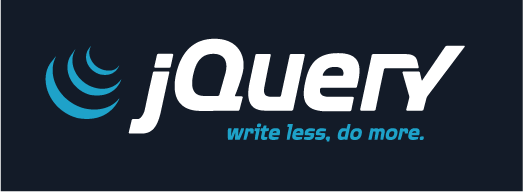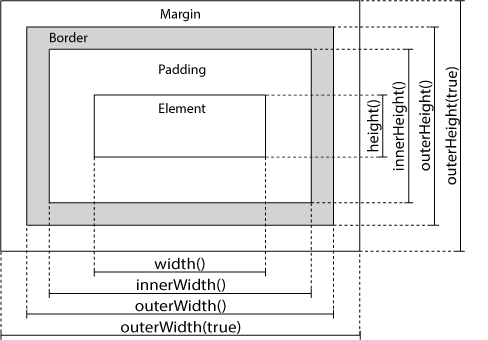Through study of this module is a very important as the MCQ paper is quite focused in your knowledge in fundamentals of ICT.
The first part covers data, information and knowledge, how you use them and emphasizes the need of technology to manage data. It also asses your knowledge a how ICT is used in society and tool for accessing and using knowledge.
One good idea is to review your knowledge in theatrical as pect of following terms and practical application. While you need to understand the what, why, how of these keywords, you also need to remember some important information like protocols used in technologies, abbreviations etc.
Module 1 : Basic Concepts of ICT
1.1 Describe Role of ICT and Applicability in Knowledge Based Society

1.2 : Explain the Need of Technology to manage data
1.3 Describe Drawbacks of manual Methods.
Think of a government office with file cabinets and many clerks Vs a mobile operator office with computers, fewer people, faster service and online connectivity. Think of
Slowness, Efficiency, Unreliability, Inaccuracy, Difficult to copy, Access Single person at a time, Security
1.4 Describe Importance of Information in daily life
Convenience, Accuracy, Management, Saving time, High quality, Communication
1.5 Availability of Electronic and other Technologies
Electronics, Communications, Visualization, Sensors, Fiber Optics, Satellites, Mobile Technologies, Wireless
1.6 Development of internet and WWW
In this section examiners expect you to demonstrate understanding of evolution of WWW. Starts with
ARPANET to social networks like Face Book & twitter.
Telegraph , Morse are earliest electrical communication uses.
Packet Switching (1964), Hyper Text (1965), ARPAnet (1969)
TCP by
Vinton Cerf, IP, Internet (1984), email
HTML by
Tim Burns Lee(), WWW (1989)
Mosic Browser (1993) by Mark Anderson, Yahoo,
e Commerce(1995), Amazon, eBay, Paypal,
Linux, mySQL, php, IIS, ASP, ASP.NET, Flash, Java Script
Ajax, Web 2.0,
Google, Facebook, twitter
Flicker, Youtube, Blogger,
GPRS, 3G, Wi-Max, IPV6
1.7 Also understand how the WWW has impact lives of people.
Special Note :
In preparing for MCQ, best idea is to read the relevant theory, rather than attempting whole heap of part MCQs. Remember MCQ give 4 wrong answers and one right question. This makes students to panic at exams trying to put his all his knowledge for answering the question. One good method is not trying to find right answer, but eliminating wrong ones considering facts and reaching the right answer automatically.










